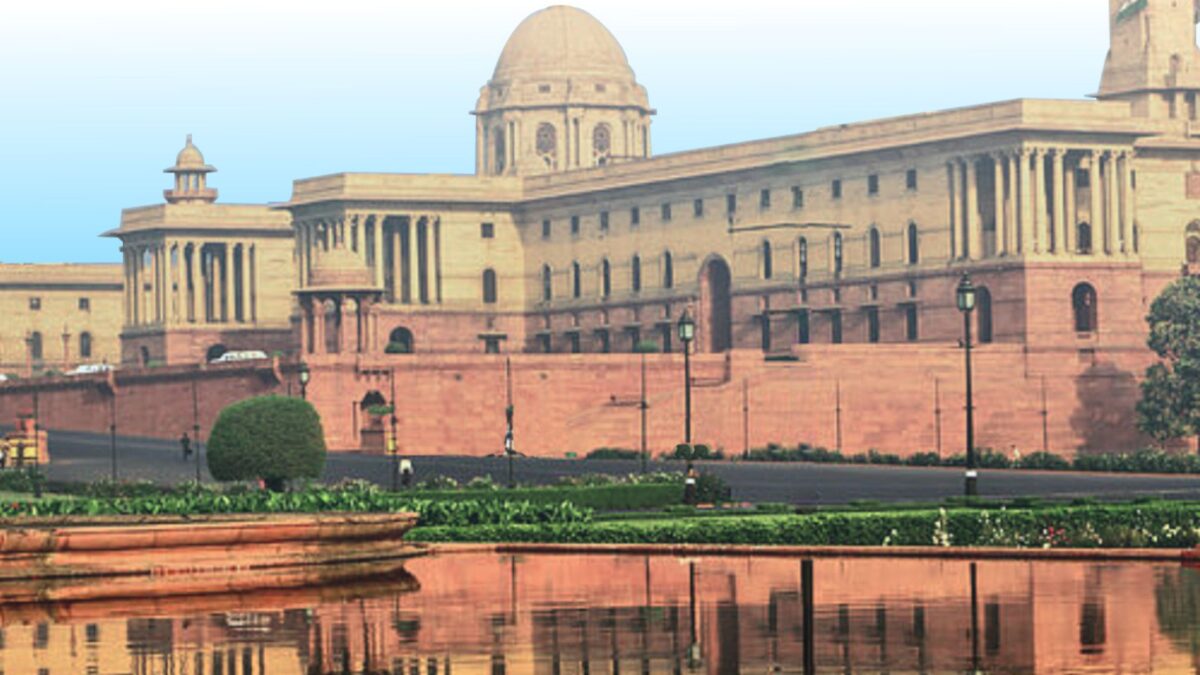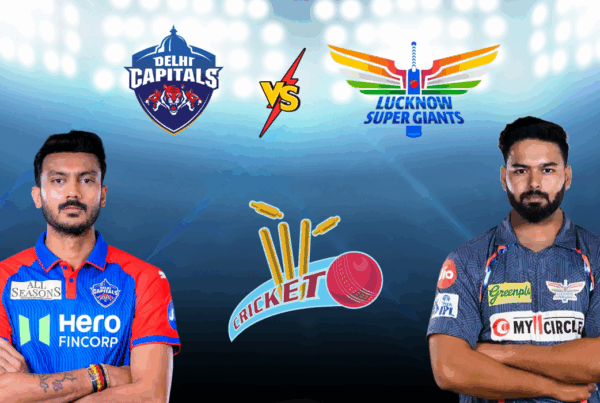All eyes are fixed on the Lok Sabha election results of 2024. Event determining the formation of the central government. The Lower House of Parliament holds significant sway in Indian politics, with the majority needed to clinch power. The Election Commission (EC) of India has tentatively set the Lok Sabha elections for 2024 between April and May. This timeline underscores the anticipation as citizens gear up to select. The next central government in the second quarter of the year
What are the General Elections?
The Lok Sabha, as the primary legislative body representing the citizens of India, comprises a. Total of 543 Members of Parliament (MPs). The people during the general elections Which occur every five years. The Lok Sabha, headed by the Prime Minister of India, serves as. The cornerstone of the country’s democratic framework, shaping the trajectory of the. Nation’s governance and policies for the subsequent five-year period.
How many MPs are there in the Lok Sabha?
The Lok Sabha, the lower house of the Indian Parliament, currently comprises 543 members. As per the Constitution, the House can accommodate a maximum of 550 members, with 530 representing. The States and 20 representing the Union Territories. The Constitution’s 84th Amendment Act stipulates that the total number of seats allocated to states, based on. The 1971 census, remains unchanged until the first census conducted after 2026.
The Lok Sabha dissolves five years after its inaugural meeting, except in cases of early dissolution. The current term of the 17th Lok Sabha, led by. The term of the 17th Lok Sabha, led by the BJP and. O verseen by Prime Minister Narendra Modi, is scheduled to conclude on June 16, 2024.
What level of parliamentary majority is required to establish the central government?
To establish a government, a party or coalition must secure a majority, constituting at. Least 50% plus one, which equates to 272 seats in the Lok Sabha. This ensures they possess adequate support to enact legislation and govern effectively. Should a party secure more than half of the seats, it can independently form a government.
In instances where no single party or coalition attains a majority,. The formation of a coalition government becomes imperative, garnering support from smaller parties. This approach ensures the establishment of a stable government, facilitating decision-making through consensus among multiple parties.
Also Read Fear Of Success: How To Overcome Self-Doubt And Achieve Your Goals
Sure, here’s the information presented in a table format
| Party | Seats Won | Seats Leading | Total Seats |
| Bharatiya Janata Party (BJP) | 21 | 222 | 243 |
| Indian National Congress (INC) | 7 | 91 | 98 |
| Samajwadi Party | 0 | 35 | 35 |
| All India Trinamool Congress (AITC) | 0 | 29 | 29 |
| Dravida Munnetra Kazhagam (DMK) | 0 | 22 | 22 |
| Janata Dal (United) (JD(U)) | 0 | 13 | 13 |
| Rashtriya Janata Dal (RJD) | 0 | 4 | 4 |
| Yuvajana Sramika Rythu Congress Party (YSRCP) | 0 | 4 | 4 |
| Aam Aadmi Party (AAP) | 1 | 2 | 3 |
| Others | 5 | 87 | 92 |
This table summarizes the number of seats won, seats leading, and total seats for each political party in the election.








